Are we looking at a new era of nuclear proliferation?
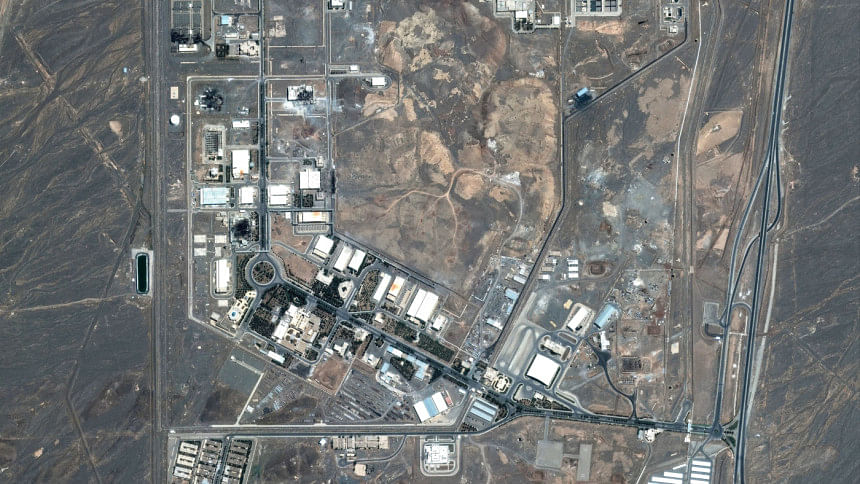
The latest escalation between Iran and Israel—flaring beyond their traditional shadow war into a more overt theatre of strategic confrontation—has not only brought into sharp relief the frailty of the Middle East's security architectures but also injected a renewed sense of plausibility to a future marred by nuclear proliferation. This is not merely a regional rivalry now shaped by drones, proxies, and ballistic threats; it is a deeper existential tremor through the global non-proliferation regime, particularly as it intersects with an evolving global stance on nuclear energy, evidenced recently by the World Bank lifting its ban on financing nuclear power projects. While such economic realignments suggest a revivalist sentiment towards nuclear energy for development purposes, the geostrategic ripple, if one observes closely, seems to be redirecting states towards the more ominous potential of military nuclearisation.
The gravitational pull of this crisis has clearly intensified since Iran's nuclear posture has taken a turn towards ambiguity, arguably as a form of strategic signal following repeated Israeli threats to pre-emptively neutralise Iran's nuclear infrastructure. While Tehran maintains that its ambitions remain within peaceful bounds—a position reiterated in its official adherence to the Nuclear Non-Proliferation Treaty (NPT)—its progressive accumulation of enriched uranium, combined with the installation of advanced centrifuges, has rendered the so-called breakout time increasingly irrelevant. As argued by Scott Sagan and Kenneth Waltz in The Spread of Nuclear Weapons: A Debate Renewed, proliferation is not always about intention but about the temptation born of security anxiety. What we are witnessing in the Middle East is a classic case of the security model driving nuclear aspiration—precisely the kind of condition under which the NPT begins to erode not legally, but normatively.
Israel's long-standing policy of nuclear opacity, or amimut, compounded by its non-signatory status in the treaty, makes it a paradoxical actor within the non-proliferation discourse. Avner Cohen, in The Worst-Kept Secret: Israel's Bargain with the Bomb, exposes the internal logic of deterrence that has shaped Israeli policy since Dimona, a desert city where Israel has a nuclear installation, became functional. But the normalisation of such opacity—protected often by Western double standards—has already created conditions under which regional actors, such as Saudi Arabia, Turkey and Egypt, may feel increasingly justified in pursuing latent or overt nuclear capabilities. Indeed, as Jacques Hymans demonstrates in Achieving Nuclear Ambitions, national identity and state capacity often shape the likelihood of nuclear pursuit, but when perceived threats cross a certain threshold, even states with lower bureaucratic coherence become willing to absorb the risks.
The World Bank's decision to reintroduce nuclear energy into its financing portfolio, albeit under the rubric of green transitions, comes at a time when the line between civilian and military nuclear programmes has grown thinner than ever. In Nuclear Energy: What Everyone Needs to Know, Charles D Ferguson underscores how the dual-use nature of nuclear technology remains the Achilles heel of non-proliferation efforts, particularly in politically volatile regions. The shift in global energy paradigms, driven by climate obligations and the search for low carbon alternatives, inadvertently contributes to a proliferation-permissive environment. While the intention may be to catalyse sustainable development, the outcome, especially in strategically insecure regions, may be the opposite: an acceleration towards weaponisation disguised as energy transition.
One must not underestimate the ideological and existential dimensions at play. In Nuclear Iran: Birth of an Atomic State, David Patrikarakos articulates how Iran's nuclear project is deeply embedded within its revolutionary narrative—a means not just of deterrence, but of ideological fortification in the face of perceived Western hostility and Israeli aggression. This framework, where nuclear capability becomes a symbol of sovereignty and resistance, undermines the normative power of the NPT and emboldens other regional actors to similarly frame nuclear pursuits as righteous or defensive.
The erosion of normative compliance is even more troubling when one considers the declining influence of multilateral institutions. Mohamed ElBaradei, in The Age of Deception, recounts the struggles of the International Atomic Energy Agency (IAEA) to maintain impartial credibility, often caught between technical mandates and political pressures. In the current Iran-Israel escalation, the IAEA finds itself unable to contain the narrative spiral; its inspections are challenged, its neutrality questioned, and its authority diluted. Such developments don't merely affect Iran; they delegitimise the architecture built over decades to constrain nuclear ambition globally.
Equally critical is the emergent geopolitics of nuclear patronage. In Power and Purpose: U.S. Policy Toward Russia after the Cold War, Angela Stent reminds us that nuclear diplomacy is often subservient to grand strategy. When the West no longer appears neutral in adjudicating proliferation threats, it creates incentives for other power blocs to encourage, or at least tolerate, proliferation under their spheres of influence as counterweights.
This tectonic shift is mirrored in the Nuclear Tipping Point, a documentary by the Nuclear Threat Initiative, where it is argued that once regional balances are sufficiently disrupted, the psychological and strategic thresholds for proliferation fall precipitously. The Israel-Iran conflict, layered with religious, territorial, and ideological grievances, appears to have arrived precisely at that inflection. The rising tide of normalisation agreements, while ostensibly peace-building, also brings into sharper contrast the isolation of Iran and the consolidation of anti-Iran blocs, thereby reinforcing Tehran's perception of encirclement and its consequent reliance on nuclear deterrence.
Furthermore, within the broader global reordering, there is now less incentive for emerging powers to be morally constrained by treaties designed in a post-World War II liberal order. As John Mearsheimer's The Tragedy of Great Power Politics so decisively argues, the international system rewards those who maximise their relative power, even if it means undermining norms. The return of realist imperatives in global politics, from Eastern Europe to the Indo-Pacific, renders disarmament diplomacy not only hollow but also dangerous, as it falsely assumes that regimes guided by survival will disarm for abstract ideals.
To imagine the future, one must be prepared to accept a probable scenario where the number of nuclear-capable states grows—not linearly but exponentially. In Arsenals of Folly, Richard Rhodes warns that the mere existence of nuclear weapons creates systemic instability, not because of their use, but because of the crises they perpetually generate. With the legitimisation of nuclear financing for peaceful purposes by the World Bank, and with the NPT facing both ideological and enforcement paralysis, the global community may be on the cusp of a second nuclear age—more decentralised, more volatile, and more dangerous.
The Iran-Israel crisis has not only undermined regional security; it has sent tremors through the global nuclear order. The future likely holds more nuclearisation, justified either as deterrence or energy transition, and normalised under an increasingly bifurcated world order. If the non-proliferation regime is to survive, it must confront both the double standards embedded in its enforcement and the shifting global narrative that now sees nuclear capability not as taboo, but as insurance.
Syed Raiyan Amir is senior research associate at the KRF Center for Bangladesh and Global Affairs (CBGA). He can be reached at [email protected].
Views expressed in this article are the author's own.
Follow The Daily Star Opinion on Facebook for the latest opinions, commentaries and analyses by experts and professionals. To contribute your article or letter to The Daily Star Opinion, see our guidelines for submission.

 For all latest news, follow The Daily Star's Google News channel.
For all latest news, follow The Daily Star's Google News channel. 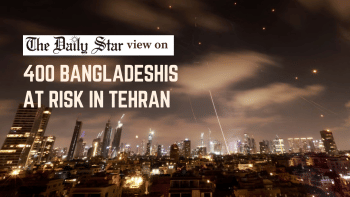

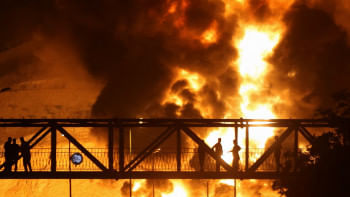




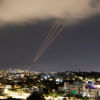



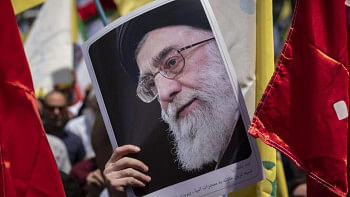
Comments